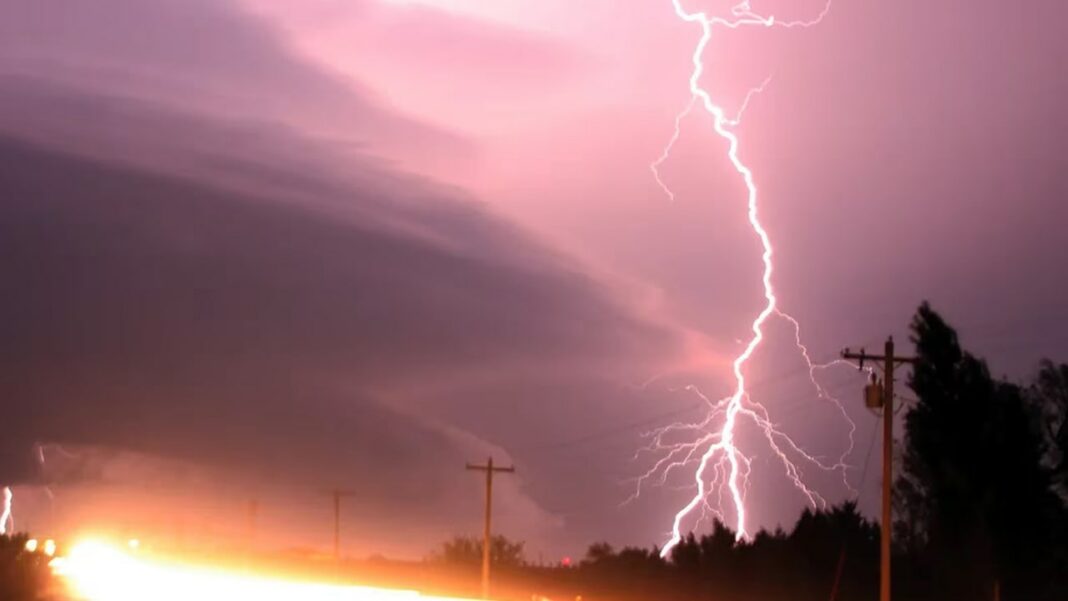Bitcoin (BTC) users in Africa are increasingly moving to the Lightning network and stablecoins as transaction fees have soared to their highest level in about two years.
The Lightning network is a layer built on top of the Bitcoin network to process transactions more quickly.
Many across the continent have already been using these tools, so they weren’t necessarily troubled by spiking fees, but instability has also been noticed even in wallets that use the Lightning network, some said.
The dramatic increase in transaction fees is at least in part due to the introduction of ordinals on Bitcoin, a protocol which allows for the creation of non-fungible tokens and BRC-20 tokens, associated with some memecoins, on the Bitcoin network.
The day-to-day users of bitcoin for transactions such as cross-border payments and remittances have been greatly affected, said Lorraine Marcel, a Kenya-based founder of Bitcoin DADA, a project to educate women in Africa on the crypto. The majority of the African population is not familiar with the Lightning network and “most educators prefer onboarding newbies onto the unchain network as it offers self custody,” she said.
While the absolute amounts of transaction fees may seem small to those in the West, to those in African countries with weak economies it’s a significant burden, said Lagos, Nigeria-based Mary Imasuen, host of the Bitcoin Gamer Chat Podcast.
Traders are also affected. “Most exchanges that operate in Africa don’t yet have lightning … a lot of traders are still waiting for transactions from three days ago to confirm … [while] some trades are too expensive to settle,” said Kgothatso of Machankura wallet in an interview with CoinDesk.
Those running Lightning nodes are also facing difficulties. “Opening a channel to the node now costs more than before because of the bitcoin fees,” said Imasuen. “From the perspective of those in Africa, where our currency is constantly devaluing, that cost is not small,” she said.
Ultimately this could lead to less decentralization of the network. Fewer “everyday people” will be able to “run effective nodes without using a well funded LSP [lighting service provider],” which could increase centralization on Layer 2, said Nikolai Tjongarero, Bitcoin Educator, founder of EasySats and BTC Mining Namibia.
Lightning hiccups
Even those that are already using the Lightning network have faced difficulties as transactions have been congested or liquidity has run dry across services providers.
“Every Monday for the past year and a half I’ve paid salaries for 11 people working for Bitcoin Ekasi using lightning, and today was the first time in over a year that the process hasn’t gone smooth,” said Hermann Vivier, chairman of South African Bitcoin Ekasi, a startup aiming to create a circular bitcoin economy. “I had to use 4 different lightning wallets as channel liquidity between different wallet providers had dried up.”
Users of the Muun wallet, which utilizes both the bitcoin and lightning layers to process transactions, have been charged high fees, particularly those employing it for payments at South African retail chain Pick N Pay, said Kgothatso. Congestion on the mempool has meant that swaps in the Muun wallet are expensive, with users having to foot the bill, Kgothatso added.
Mempools are essentially waiting rooms for bitcoin transactions. These have been clogged in the last couple of days, with around 400,000 transactions waiting to be processed at certain times. Muun bases its fee estimates on the condition of the mempool, so with more congestion, fees have increased.
The flip side
Despite all these issues, many in Africa see this fee spike as a potentially net benefit for adoption as it supercharges the shift towards Lightning network integration and other solutions.
Marcel is “hopeful” that the fee increase “is just temporary” but added that it is “an eye opener.”
“In a way it’s a good thing, as it’s forcing people onto lightning … despite the short term inconvenience,” said Vivier.



















